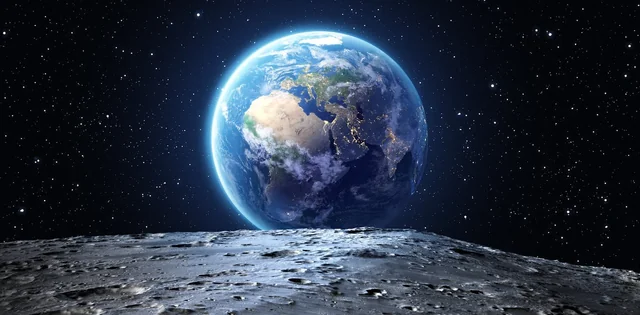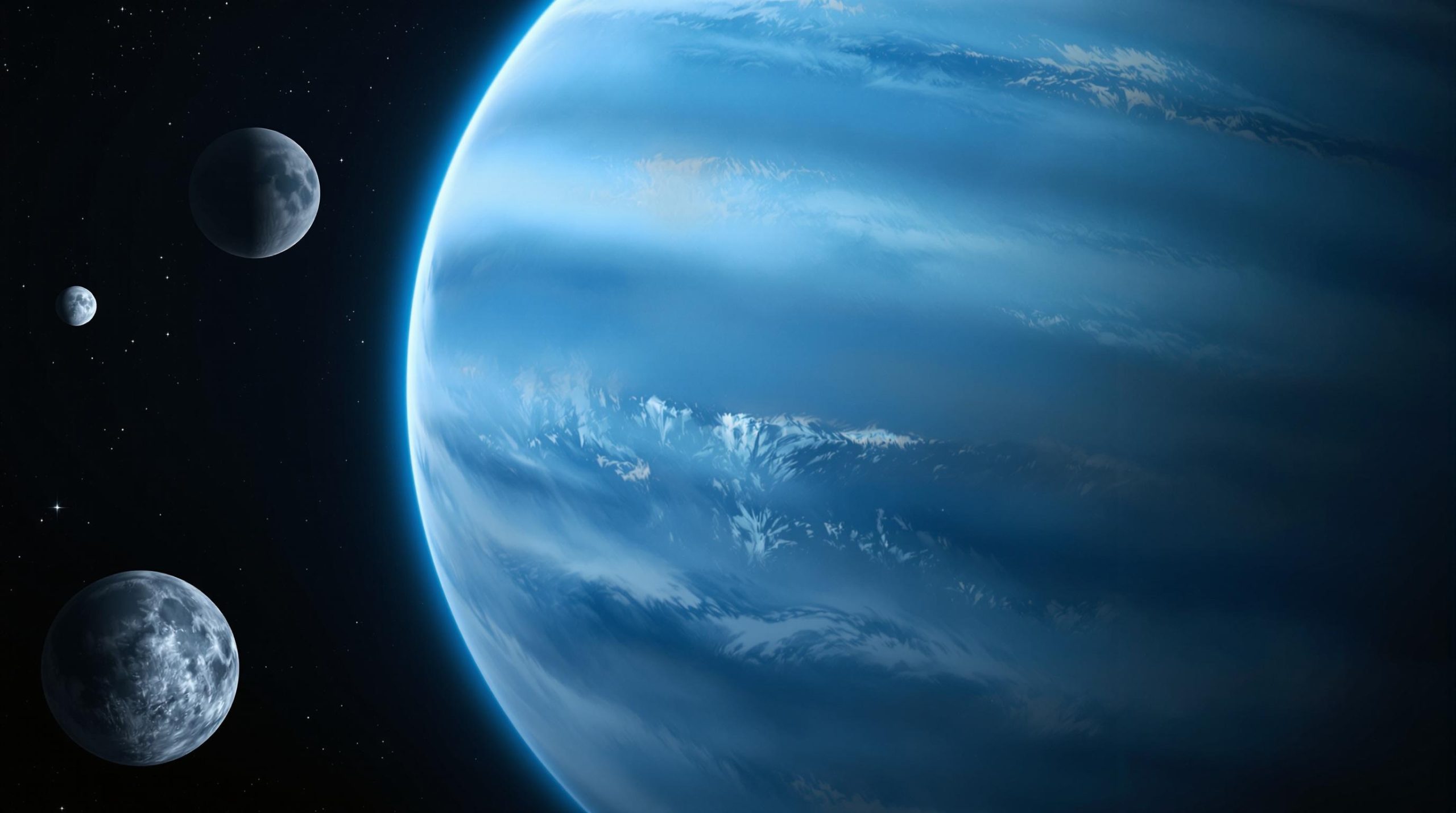The Moon has captivated humanity for millennia, inspiring myths, guiding calendars, and even fueling dreams of exploration. But beyond its serene beauty lies a fascinating scientific phenomenon: the Moon is slowly drifting away from Earth. This process, known as “lunar drift,” raises questions about the future of our celestial neighbor and its impact on Earth. In this article, we’ll explore why the Moon is leaving Earth, the science behind lunar drift, and what it means for our planet and beyond. stay with Spaceyv
Understanding Lunar Drift
Lunar drift refers to the gradual movement of the Moon away from Earth. Current measurements show that the Moon is receding from our planet at a rate of approximately 3.8 centimeters (1.5 inches) per year. This may seem negligible, but over millions and billions of years, it accumulates into significant changes in the Earth-Moon relationship. To understand why this happens, we need to delve into the intricate dance of gravitational forces between the Earth and the Moon.
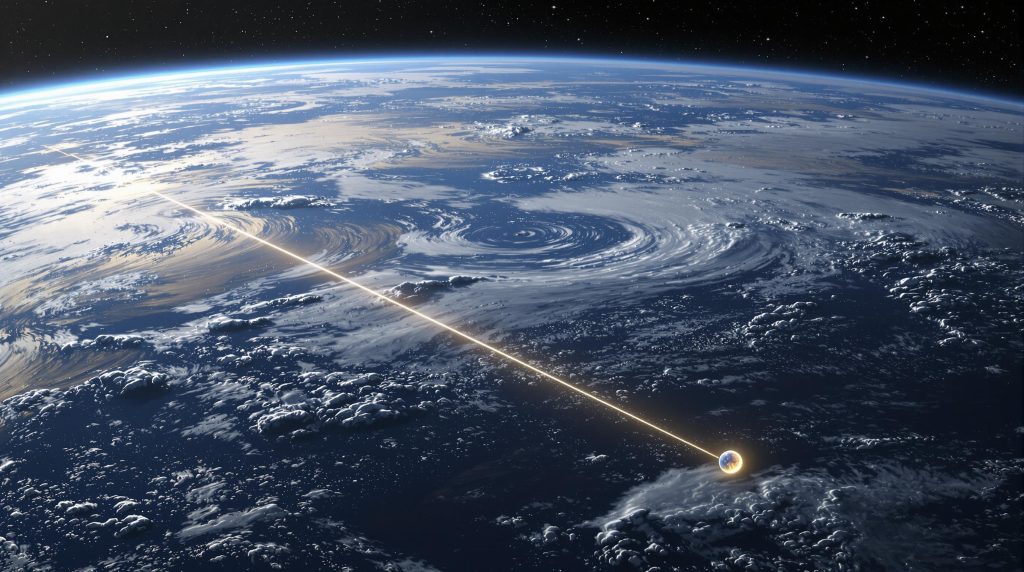
The primary driver of lunar drift is tidal forces. The gravitational interaction between Earth and the Moon creates tides in Earth’s oceans. These tidal bulges are not perfectly aligned with the Moon due to Earth’s rotation. Instead, they are slightly ahead of the Moon in its orbit. This misalignment generates a gravitational pull that accelerates the Moon in its orbit, causing it to move farther away.
At the same time, the interaction slows Earth’s rotation slightly, lengthening our days by a tiny fraction of a second every century. This exchange of angular momentum between Earth and the Moon is a key aspect of the Earth-Moon system’s evolution.
How Scientists Measure Lunar Drift
The precise measurement of lunar drift is possible thanks to an experiment conducted during the Apollo missions. Astronauts placed retroreflectors on the Moon’s surface, which allow scientists to bounce laser beams off them from Earth. By measuring the time it takes for the laser light to travel to the Moon and back, scientists can calculate the exact distance between the two celestial bodies. This method has confirmed the consistent drift of about 3.8 centimeters annually.
The story of lunar drift is intertwined with the Moon’s formation. Most scientists agree on the “giant impact hypothesis,” which suggests that the Moon formed around 4.5 billion years ago when a Mars-sized object, often called Theia, collided with the young Earth. The debris from this collision coalesced to form the Moon.
Initially, the Moon was much closer to Earth, orbiting at a distance of about 22,000 kilometers (13,670 miles). Today, it is about 384,400 kilometers (238,855 miles) away. This dramatic increase in distance over billions of years is a testament to the slow but steady process of lunar drift.
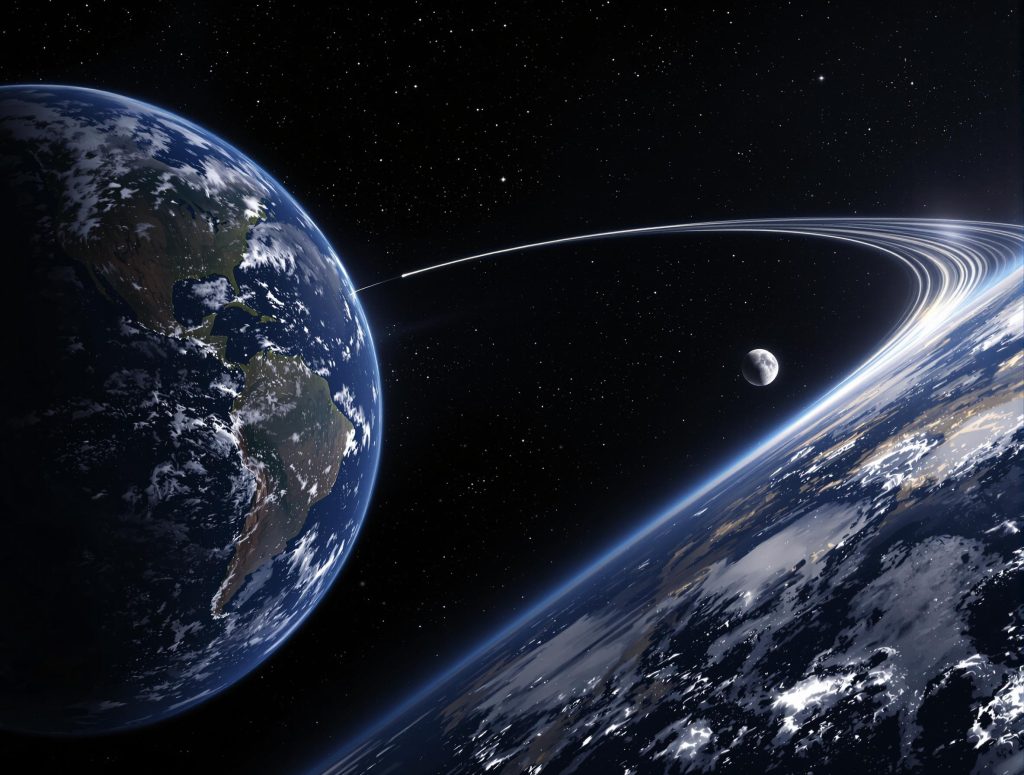
The Effects of Lunar Drift on Earth
The Moon’s influence on Earth extends beyond its aesthetic appeal. Its gravitational pull is responsible for tides, which affect marine ecosystems, coastal landscapes, and even human activities. As the Moon drifts away, its effects on Earth will gradually change.
1. Weaker Tides
As the Moon recedes, its gravitational pull on Earth weakens, leading to less pronounced tides. While the immediate impact is negligible, over millions of years, weaker tides could disrupt marine ecosystems that depend on tidal rhythms.
2. Longer Days
The transfer of angular momentum from Earth to the Moon slows Earth’s rotation. As a result, days are gradually getting longer. In a distant future, Earth’s day could stretch to 25 hours or more.
3. Orbital Stability
The Earth-Moon system plays a crucial role in stabilizing Earth’s axial tilt. This stability contributes to a relatively predictable climate. If the Moon continues to drift away, this stabilizing effect could diminish, potentially leading to more extreme climate variations.
The Distant Future of Lunar Drift
If the current rate of lunar drift continues, the Moon will eventually reach a point where it becomes “tidally locked” with Earth. In this scenario, Earth’s rotation period will match the Moon’s orbital period, resulting in a state where both celestial bodies constantly face the same side toward each other. However, this equilibrium state is billions of years away.
Beyond this point, the Moon’s drift will likely slow, but its ultimate fate remains uncertain. Some scientists speculate that external forces, such as gravitational interactions with other celestial bodies, could influence the Moon’s trajectory in the far future.
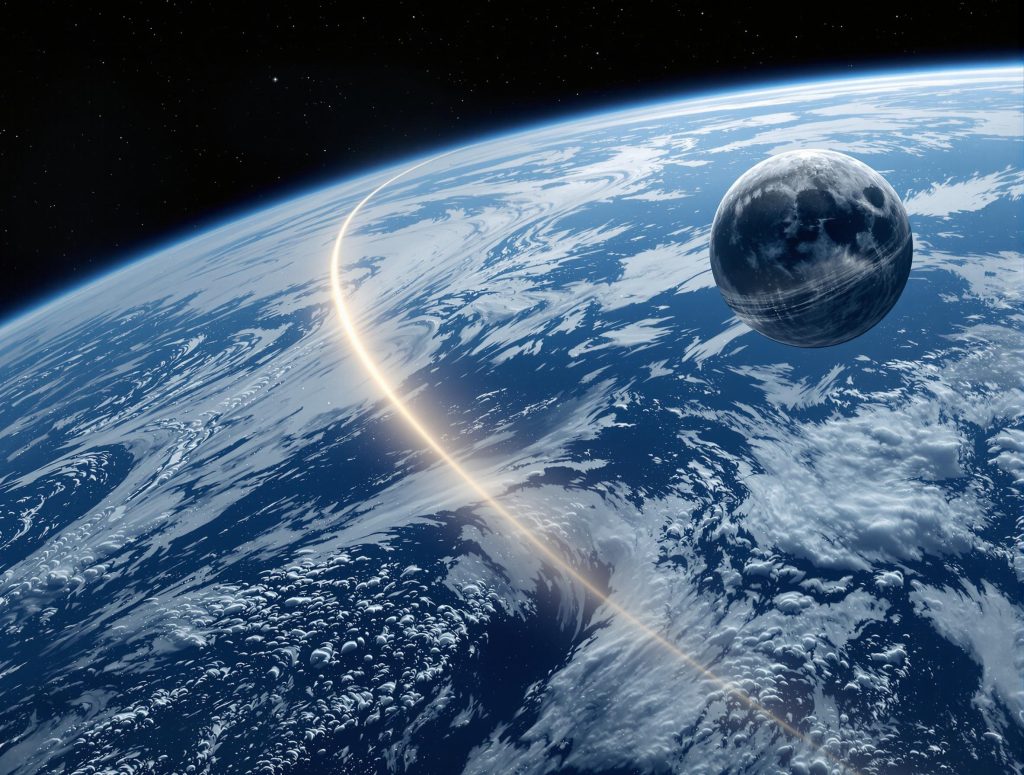
Implications for Space Exploration and Science
The gradual distancing of the Moon doesn’t just have implications for Earth; it also affects space exploration and scientific research. As the Moon moves farther away, missions to its surface will require slightly more energy. However, the changes are so minute that they won’t significantly impact current or near-future lunar exploration efforts.
From a scientific perspective, understanding lunar drift enhances our knowledge of planetary dynamics, gravitational interactions, and the evolution of celestial systems. It also underscores the interconnectedness of Earth and its natural satellite, offering valuable insights for studying other planetary systems.
Conclusion
Lunar drift is a fascinating phenomenon that highlights the dynamic nature of the Earth-Moon system. Driven by tidal forces, the Moon’s gradual departure from Earth has far-reaching implications for tides, climate stability, and even the length of our days. While these changes occur on a timescale far beyond human lifetimes, they remind us of the ever-evolving relationship between our planet and its closest celestial companion.
As humanity continues to explore the Moon and beyond, understanding the science of lunar drift will be essential for shaping the future of space exploration and fostering a deeper appreciation for our place in the cosmos.
For more fascinating articles about space science and exploration, visit Spaceyv.com.
NASA Lunar Science: https://www.nasa.gov
The Planetary Society – The Moon’s Drift: https://www.planetary.org
Space.com – How the Moon Affects Earth: https://www.space.com
ESA – Earth-Moon Dynamics: https://www.esa.int
ScienceDirect – Tidal Forces and Lunar Recession: https://www.sciencedirect.com
National Geographic – The Moon’s History: https://www.nationalgeographic.com

